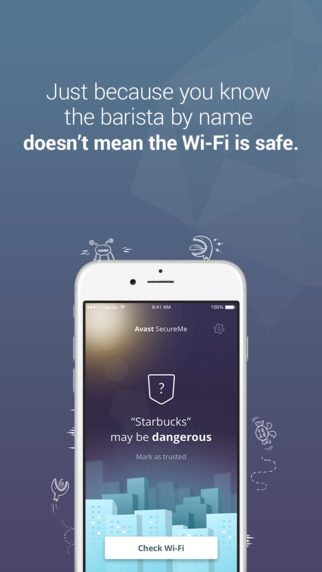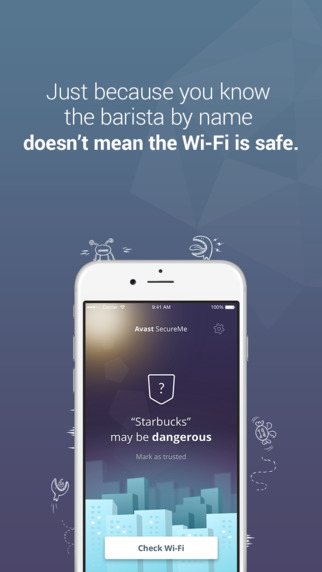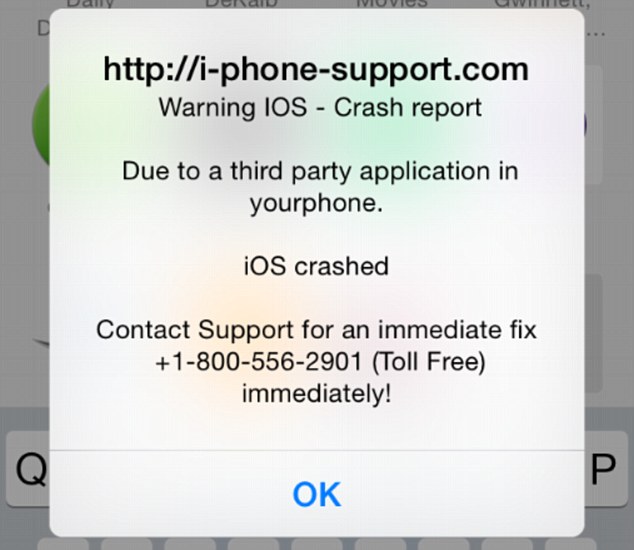
Your iPhone data may require a court order for the FBI to look into the contents, but if you log onto an unsecure Wi-Fi hotspot without protection, any old snoop can eavesdrop on what you’re doing.
That’s right, while you’re busily messaging, shopping, banking, and uploading a photo of your lunch to Instagram, a hacker with a little know-how can easily read your messages, steal your logins, passwords and credit card details.
How can hackers steal my data?
Even if you are connected to a recognizable Wi-Fi network, your device has no way of distinguishing a securely encrypted public Wi-Fi from one that is not.
Unsecured routers are susceptible to DNS hijacking, by which cybercriminals redirect web traffic to fake Internet sites. When users log in, for example, to a banking site, thieves can capture the login credentials. On unprotected Wi-Fi networks, thieves can also easily see emails, browsing history, and personal data if you do not use a secure or encrypted connection like a virtual private network (VPN).
Avast SecureMe solves the problem of unsecure Wi-Fi
Avast SecureMe is a free app for iPhones and iPads which protects you while connected to Wi-Fi. Avast SecureMe includes Wi-Fi Security, which scans Wi-Fi connections and notifies you of security issues. It also identifies threats and risks which include routers with weak passwords, unsecured wireless networks, and routers with vulnerabilities that could be exploited by hackers. This helps you make a better decision when choosing a Wi-Fi connection. Avast SecureMe also features Avast SecureLineVPN (a subscription fee is required) which you can use if there are no safe Wi-Fi networks available. Avast SecureMe is available in the Apple App Store.
Visit Avast at Mobile World Congress
If you are attending Mobile World Congress in Barcelona, February 22 – 25, please visit Avast to see the Avast SecureMe app in hall 8.1, booth H65.
Follow Avast on Facebook, Twitter, YouTube, and Google+ where we keep you updated on cybersecurity news every day.
![]()



